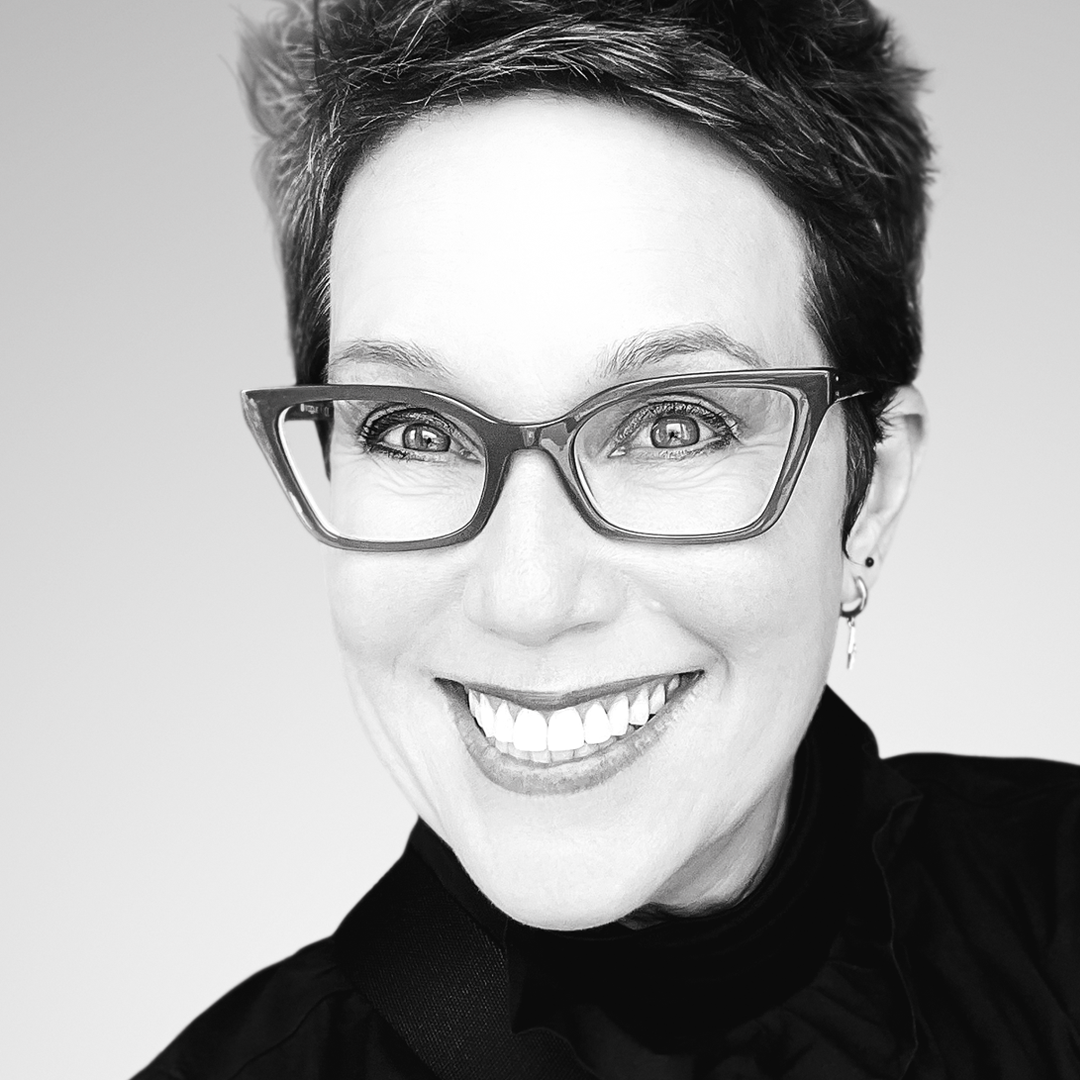Key Takeaways
- Trust is built through consistent actions: Underpromise and overdeliver by setting realistic expectations and exceeding them, showing clients you value their trust and loyalty.
- Provide value up front: Offering free services like financial health checks or consultations can remove barriers, build trust, and encourage clients to return for larger commitments.
- Exceed expectations in small ways: Simple gestures like faster delivery, proactive follow-ups, or personalized extras go a long way in creating lasting client relationships.
- Anticipate client needs: Stay one step ahead by offering tailored advice, market updates, or solutions before clients even ask, positioning yourself as reliable and forward-thinking.
There’s a reason people keep going back to brands they trust. It’s not just about having the best product or the lowest price; it’s about reliability and knowing that when a company says they’re going to do something, they’ll do it and then some.
Trust isn’t something you can buy. You can’t slap a price tag on it or put it in a sales pitch and expect people to believe you. Trust is built over time through small, consistent actions that prove you’re not just another business trying to sell a subpar service. And one of the most effective ways to build that trust? Underpromise and overdeliver.
Why underpromise and overdeliver works
The idea is simple: you set realistic expectations and then exceed them.
But this isn’t manipulation or setting the bar artificially low just to clear it easily. It’s about being intentional with what you promise and offering value-added services that go beyond that promise.
Take Costco, for example, a staple in many people’s homes. They’ve been famously selling their hot dog meal at the same $1.50 price for decades (despite inflation and rising costs). They make little to no money on the hot dogs themselves, but they understand the bigger picture. The affordable food keeps customers in the store longer, increasing the chances they’ll make a bigger purchase. They also hand out free samples, not just as a marketing gimmick but as a way to engage customers, give them a reason to linger, and ultimately encourage them to buy products they might not have considered.
It’s a classic case of underpromising (you think you’re just getting a cheap meal or a free bite of food) and overdelivering (you leave the store with a cart full of items). The transaction isn’t just closing the sale; it’s the experience of trust and value that keeps people coming back.
Now, let’s take that principle and apply it to finance or any service-based industry. How do you create a business model that builds trust, including trust in banks, by giving more than expected without sacrificing profitability?
5 Steps to building trust in banks
Like many things, finance is also built on trust. In many cases, though, it’s harder to win and easily lost. And we see why. Clients aren’t just handing over their money; they’re handing over their futures. Yet, many firms still approach their services in a transactional way, meeting the minimum requirements but missing the opportunity to create lasting loyalty.
Here’s where underpromising and overdelivering make all the difference. Let’s break it down.
1. Offer a free service that leads to a bigger relationship
People are hesitant to invest or make financial decisions without trust. This is why reviews and referrals are priceless to many business models. So why not remove that initial barrier?
Imagine offering a complimentary financial health check, a simple review of a client’s current financial standing, risk tolerance, and goals. No sales pitch, no pressure, but a helpful service. Maybe it’s a free consultation or an educational webinar on market trends. Even exploring a better placement in a high-yield savings account versus the savings they currently use.
The key is that you’re offering value-added services up front, no strings attached. Then, when the client sees the value you provide, they’re far more likely to come back to you with bigger financial decisions.
This works because you’re not forcing the sale; you’re proving your worth before asking for a commitment. And when they do decide to move forward, they already feel confident in your expertise.
2. Communicate cautiously, deliver generously
One of the biggest mistakes in any business is overpromising and underdelivering. Overconfidence might win clients initially, but it quickly erodes trust when reality falls short.
Instead, be conservative in what you promise and then go beyond it.
For example:
- If you estimate a 7-day turnaround on a financial analysis, deliver it in 5.
- If you promise a basic investment review, include a personalized tax-saving strategy.
- If a client reaches out with a question, don't just answer; follow up a week later to see if they need further clarification.
These little moments of “extra” show clients that you care, that you’re proactive, and that you genuinely want the best for them, not just their business.
3. Find the break-even point and upsell from there
Costco isn’t making money off their hot dogs, but they don’t need to. They make money on the upsell of the fact that customers stay longer, browse more, and spend more on high-margin products.
Financial firms can do the same. Find your version of the hot dog.
Maybe that’s offering free basic tax planning while introducing premium tax optimization strategies for an additional fee. Or providing complimentary business banking assessments, helping entrepreneurs optimize their cash flow with the opportunity to explore commercial lending or investment strategies, showcasing the potential for upselling in banking.
The idea is to provide enough value up front to build trust, knowing that the long-term relationship will bring greater financial returns.
4. Anticipate needs before they arise
There’s something powerful about getting exactly what you need before you even realize you need it. That’s the hallmark of exceptional service.
A financial firm that prepares clients for market shifts before they happen creates trust. An advisor who reaches out with proactive strategies instead of reacting to requests builds credibility.
This can be as simple as:
- Sending a quarterly personalized market update based on a client's portfolio.
- Offering preemptive risk assessments during economic downturns.
- Checking in during major life events (marriage, job changes, inheritance) with relevant financial advice.
5. Make the experience feel premium no matter the client's net worth
It’s easy to roll out the red carpet for high-net-worth clients. But what about the ones just starting out?
The financial industry has a reputation for being cold and intimidating, especially for those without millions to invest. That’s where underpromising and overdelivering can be a game-changer.
Something like:
- Remembering a client's birthday with a handwritten note.
- Offering a free educational workshop tailored to younger investors.
- Assigning a dedicated contact for all inquiries, no matter how small.
These gestures create a feeling of exclusivity and importance that fosters loyalty. And as those smaller clients grow in wealth, they’ll remember who treated them with respect from the beginning.
Why this strategy pays off
Underpromising and overdelivering are more than good ethics; they are good business.
When you consistently provide more than expected, clients trust you, and trust leads to loyalty. Loyal clients stay longer and refer others. This strong reputation attracts new business without aggressive (and expensive) sales tactics.
And in finance, trust is everything. Customer satisfaction in financial services is critical because, unlike retail or hospitality, where a bad experience might mean losing a one-time customer, in asset management, losing trust means losing a lifetime of business.
At the end of the day, if you invest in this approach, you’re aiming to play the long game. It’s not about quick wins or short-term gains; it’s about building relationships that last.
People remember how you make them feel. If you can create an experience where they always feel valued, respected, and taken care of, they won’t just stay with you—they’ll become your biggest advocates.
That’s the real return on investment.
Latest.

Reimagining org design in the fast-paced new world of AI.
Insights from InsideOut, Leadership & Management, Content & Creative

Meet the new emerging role: AI Trainer
Career Advice, Leadership & Management, Engineering & Technology, Innovation & Emerging Tech, Talent Acquisition & Recruitment

The great AI investment paradox.
Leadership & Management, Engineering & Technology, Innovation & Emerging Tech




